How does light color affect Photosynthesis? A visual guide.
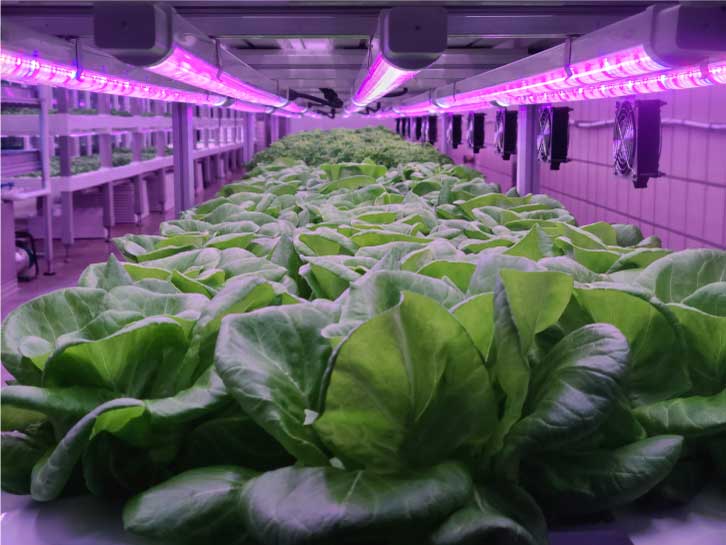
Grow light colors and plants Introduction
How does light color affect Photosynthesis? White light contains all the colors of a rainbow, and certain colors indeed affect photosynthesis in specific ways.
It’s not always easy to find all the information in a single place, so we wrote this visual guide, an easy primer for beginners, and a quick review for budding scientists and farmers.
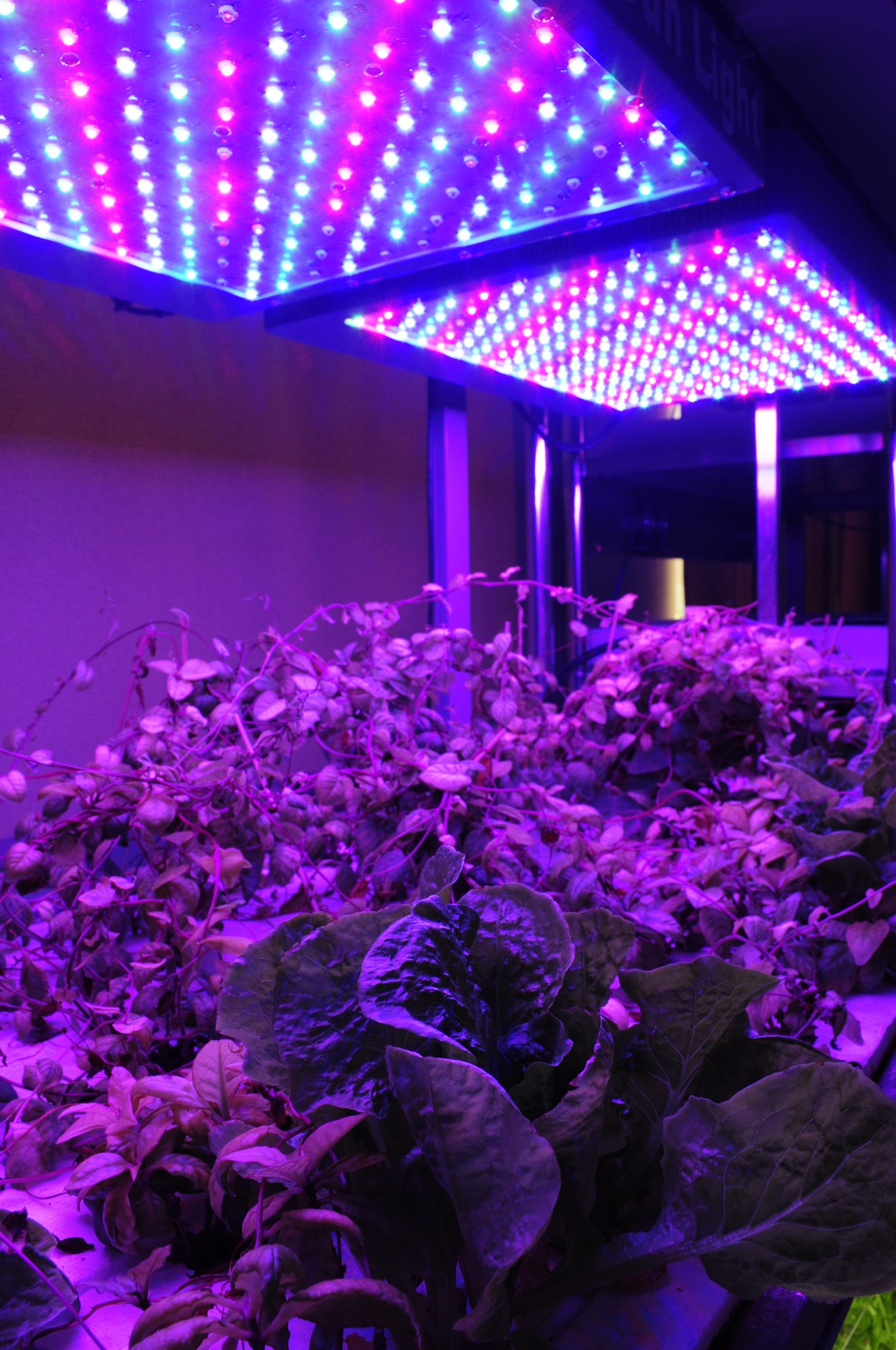
Fig 1 Grow light colors and plants
For Context: Where does Photosynthesis happen?
Fig 2 Photosynthesis happens in the Thylakoid Membrane.
Photosynthesis happens in the Thylakoid Membrane, buried deep within a plant cell (Plant cell > Chloroplast > Thylakoid > Membrane).
Small Factory
Aside from the chemistry in Figure 3, you can think of it as a small factory production line that turns light into plant-useable energy. It absorbs light at two stations, PSII and PSI. This light is then processed and turned into ATP and NADPH (i.e., plant-useable energy).
You can read more about Photosynthesis here (Photosynthesis: What, Where, How and Why?).
PSII and PSI are two important stations in our factory production line, where light is received.

Chlorophyll-a and Chlorophyll-b
PSII and PSI contain both Chlorophyll-a and Chlorophyll-b, which are two of the most important light absorbing molecules.
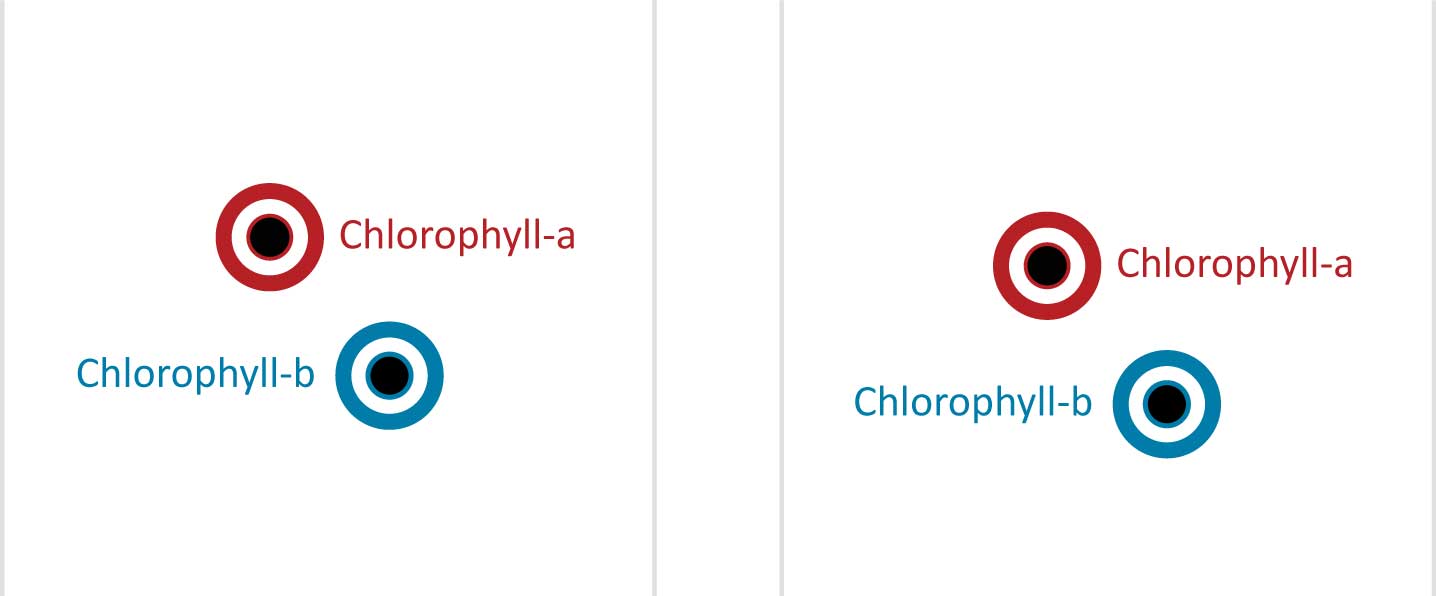
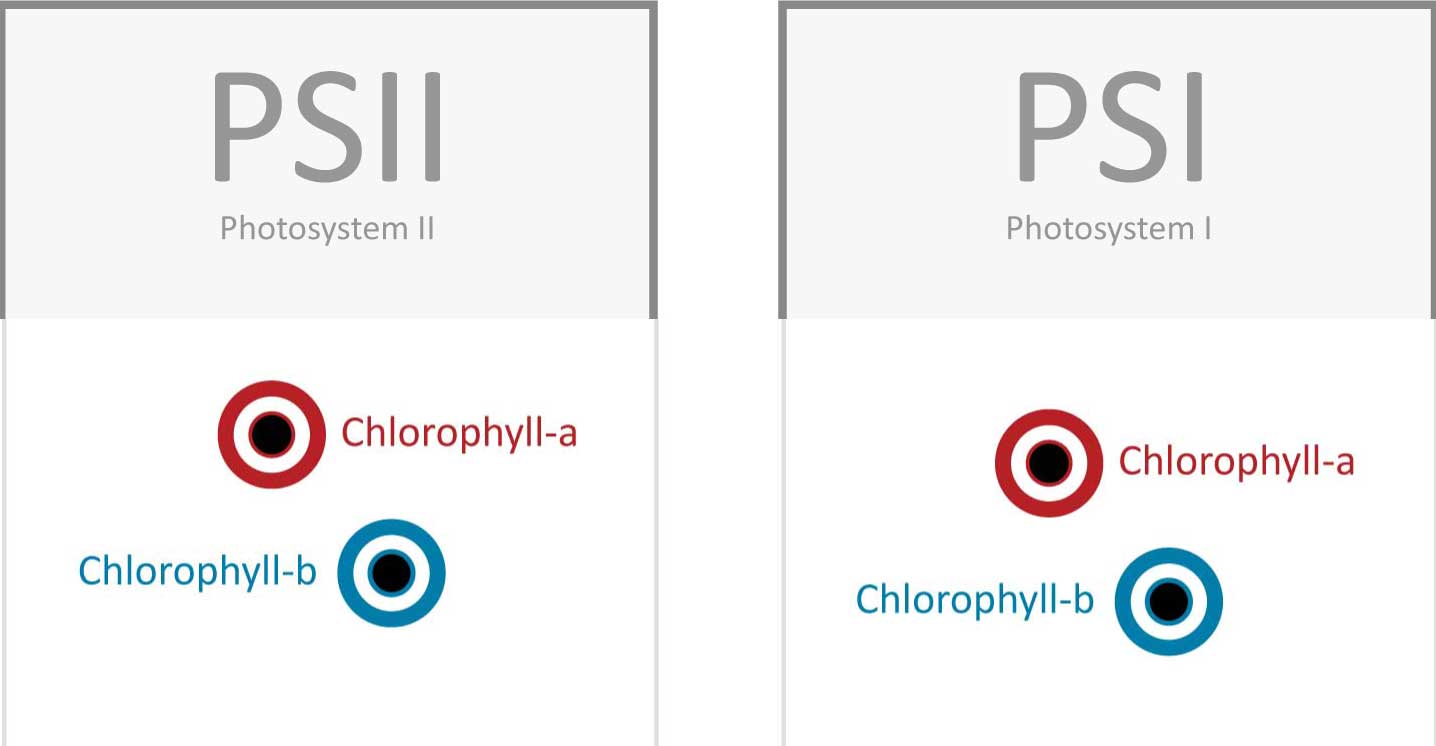
All Colors
All visible colors in the sun or grow lights, namely 400nm-700nm, can trigger photosynthesis to some degree in both types of Chlorophyll molecules.

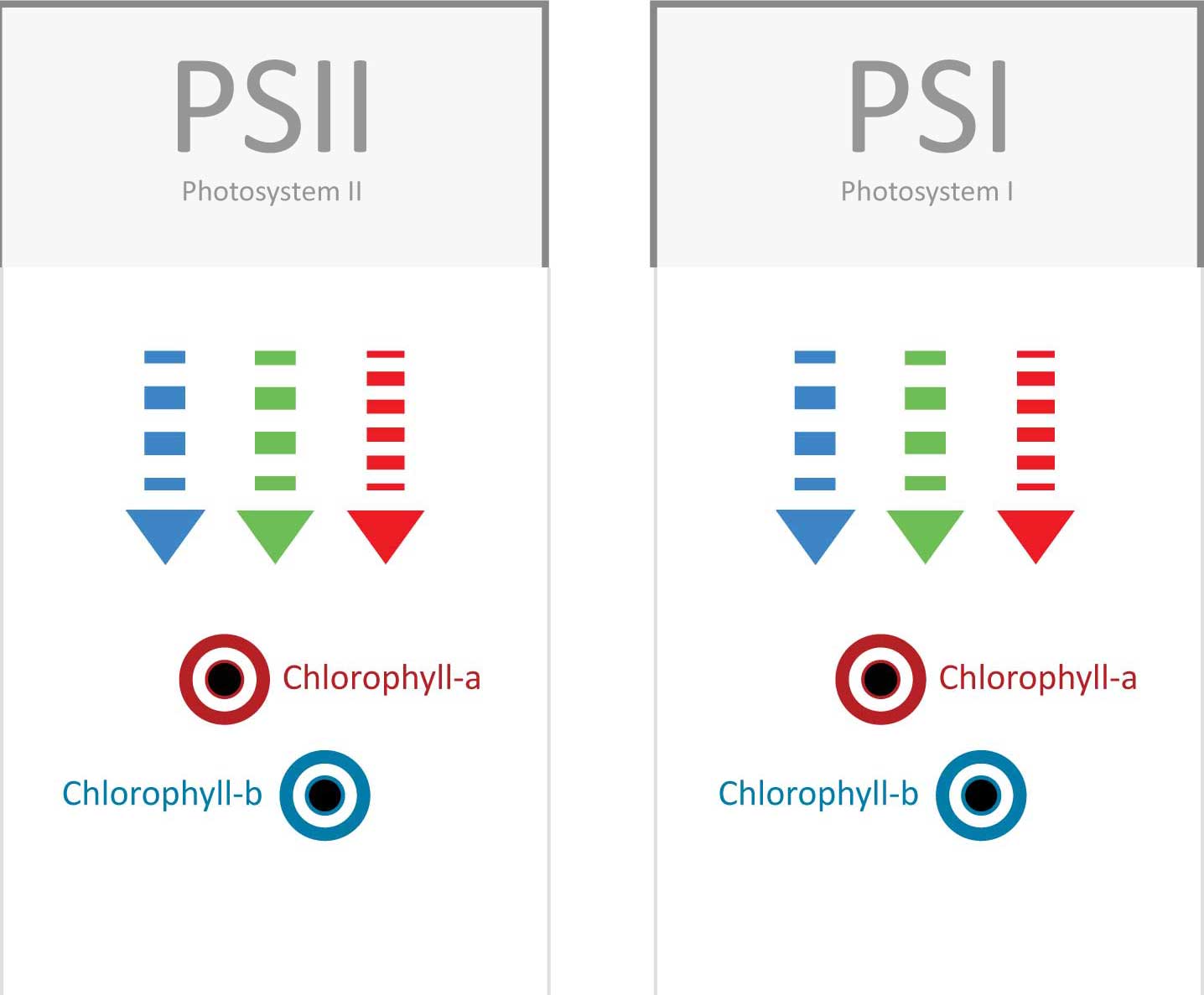
Single Color
Even a mono-colored light, whether green, red, or blue, can trigger and invoke photosynthesis by itself, although not very efficiently.


Blue and Red Light
However, it is blue and red light that are most effective in photosynthesis. Both Chlorophylls are sensitive to these colors as indicated by the Chlorophyll absorption chart (Figure 4a).
Fig 4a Chlorophyll-a, b absorbance

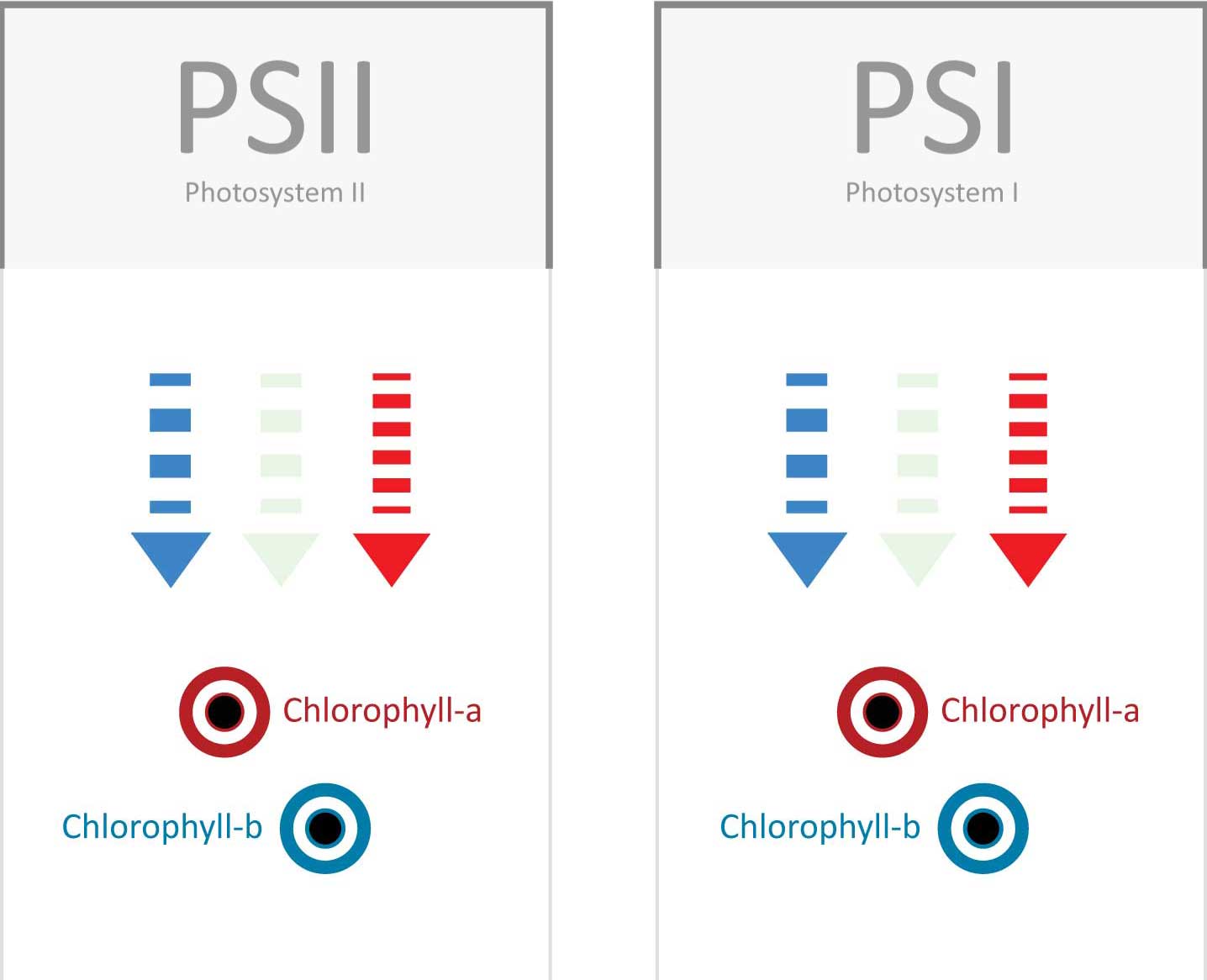
Red and Far-Red Light
Furthermore, Chlorophyll-a does most of the work of the two types of Chlorophyll, which means it is more active than Chlorophyll-b at triggering and maintaining the processes at PSII and PSI.
And it does this mostly with two colors of red light. In PSII, Chlorophyll-a readily absorbs Red light, around 680nm. In PSI, Chlorophyll-a readily absorbs Far-Red light around 700nm.
Read more about Far-red light here (What does far-red light do for plants).
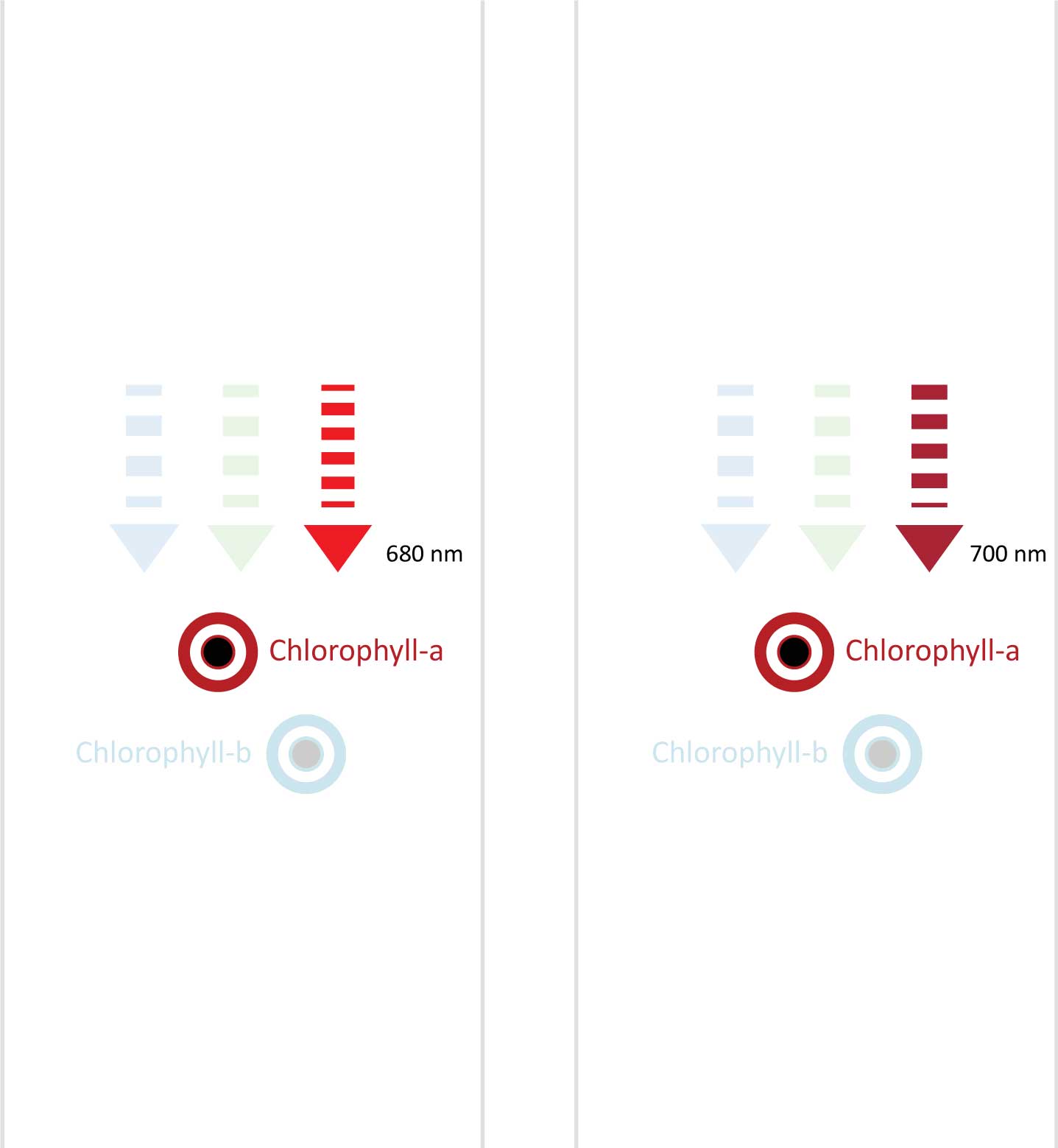

Blue Light
Chlorophyll-b is most sensitive to blue light.
Even though Chlorophyll-a does most of the work at PSII and PSI, Chlorophyll-b is still vital. This is because the blue light has a shorter, more energetic wavelength, allowing Chlorophyll-b to provide energy to the so called “reaction centers” of PSII and PSI.
In short, Chlorophyll-b helps to power both PSII and PSI photosystems and is referred to as an “accessory” molecule or pigment.
Fig 4b Blue light has a shorter, more energetic wavelength
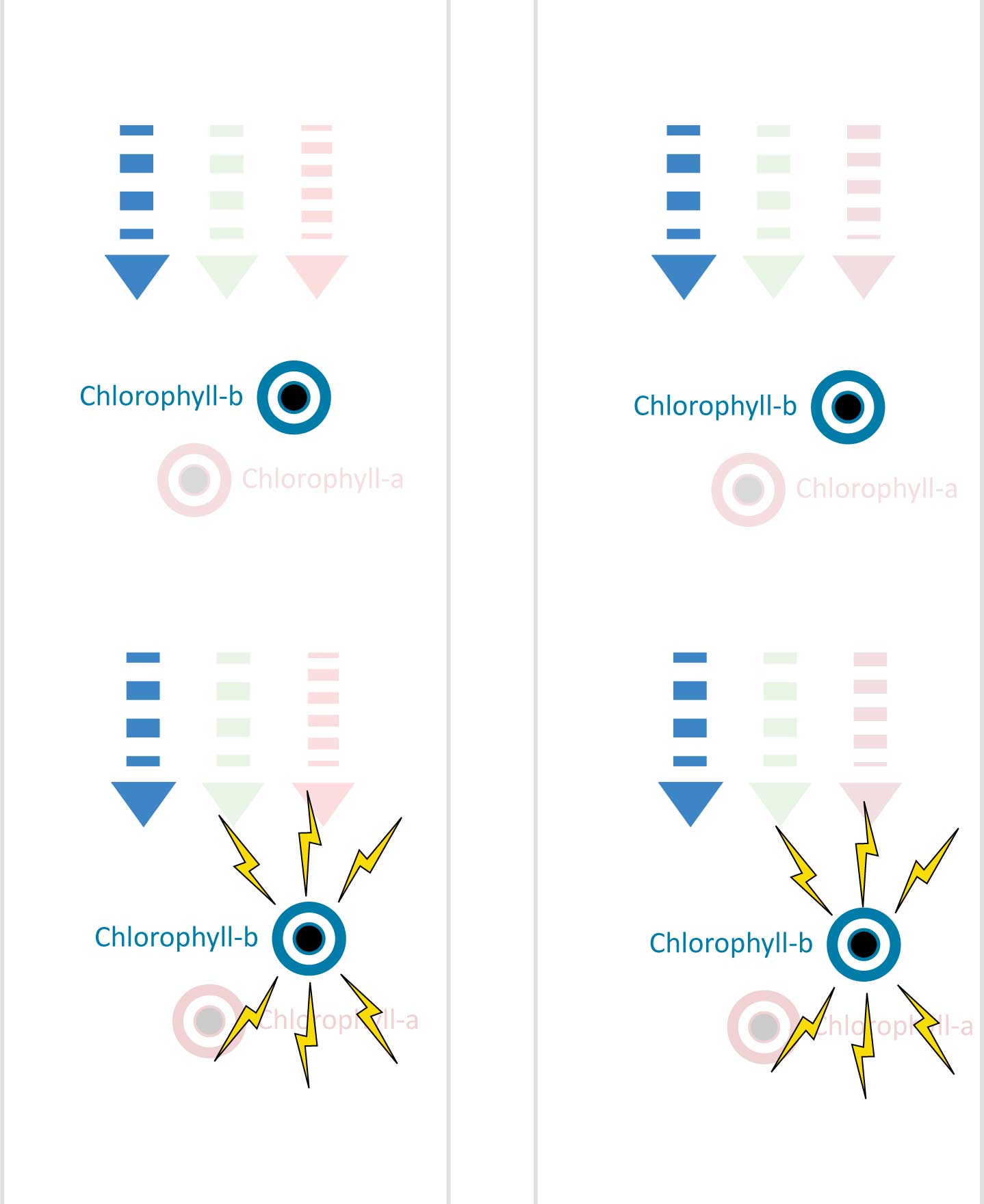

Green Light
Green light is less active in absorbing light compared with blue and red light.
However, Green light can easily penetrate deeper into a leaf. It means it can reach chlorophylls deeper in the tissue of a leaf, more than blue or red light, which are only absorbed superficially.
Green light also can transmit through a leaf, reaching lower-layer leaves and still invoking some degree of photosynthesis. This especially applies to bushy farm plants, like medicinal cannabis.
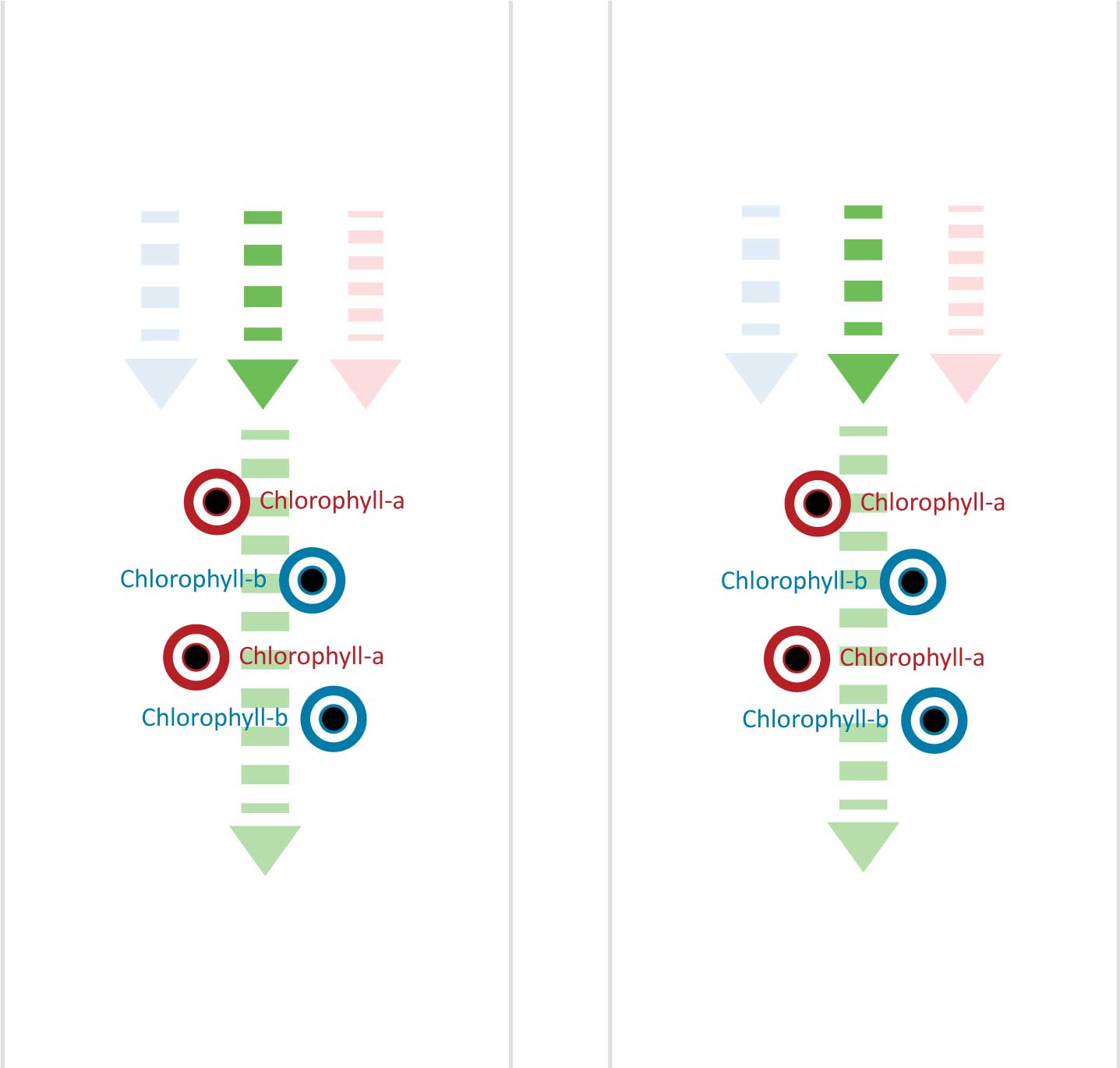

Ultraviolet Light
What about Ultraviolet light?
UV light is not absorbed by the Chlorophylls and does not play a direct role in photosynthesis.
However, other photoreceptors like cryptochromes and UVR8 absorb UV light in other areas of the plant, and are involved in plant immunity, flavor, and shelf life.
See our post about plants and UV light here Leveraging the Power of UVA Spectrum.
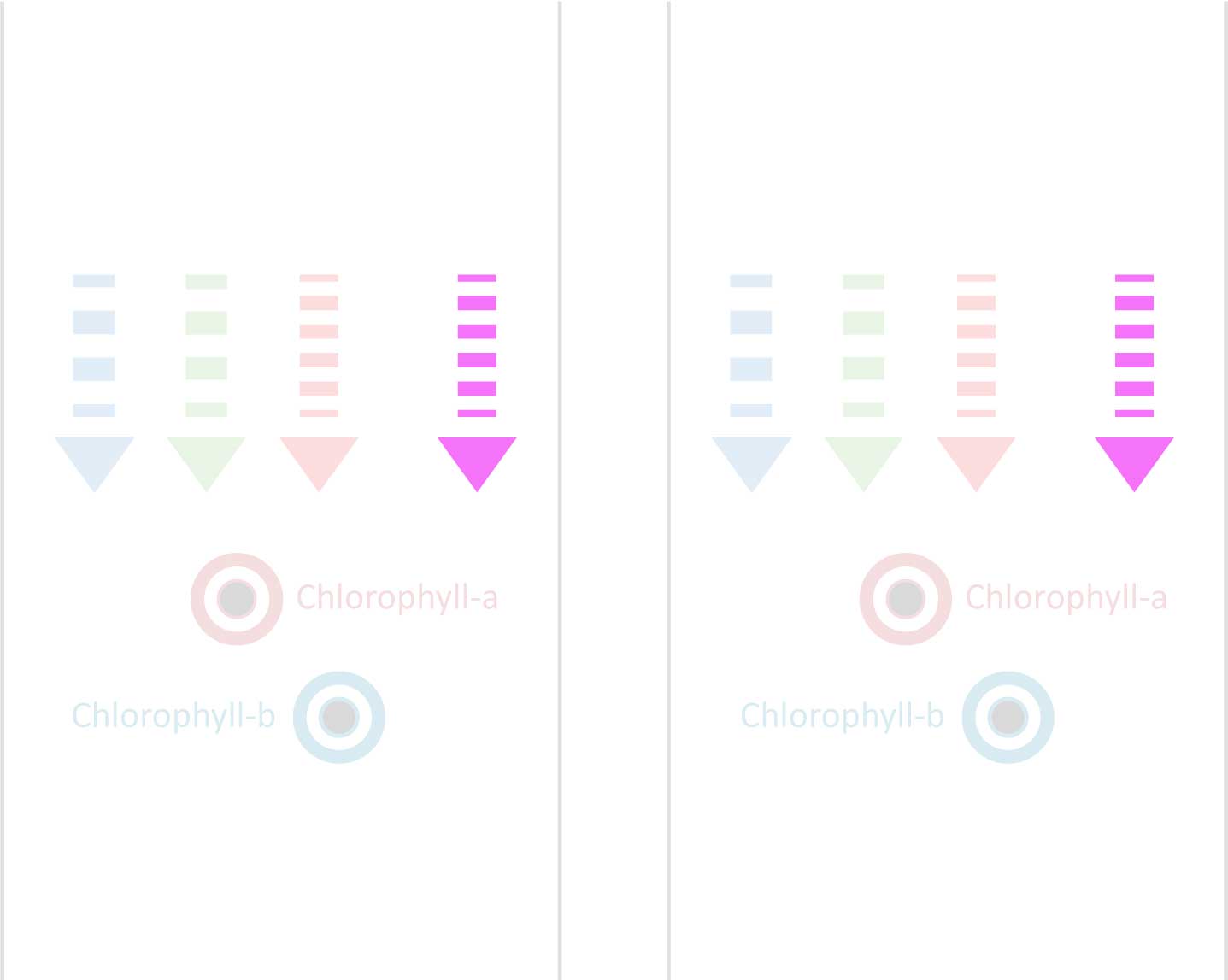

Handbook Series
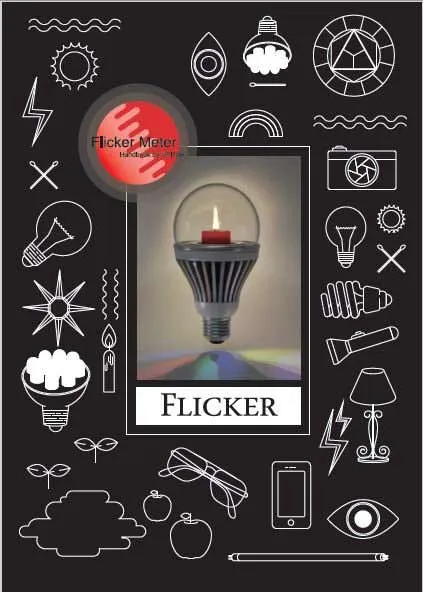
The Flicker Handbook
Everything thing you need to know about Flicker, an insidious, potentially serious lighting artifact impacting visual safety for public places like hospitals, offices, libraries, and more...
About UPRtek

United Power Research and Technology
UPRtek (est. 2010) is a manufacturer of portable, high-precision light measurement instruments; Handheld Spectrometers, PAR meters, Spectroradiometers, Light Calibration Solutions.
UPRtek HQ, R&D and manufacturing are all based out of Taiwan, with Worldwide representation through our certified Global Resellers.
Latest Articles
Category

Fig 5 Spectrum of Sunlight includes full complement of colors. Everything a plant needs.
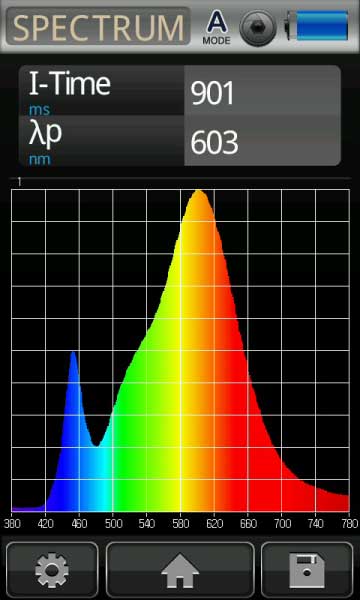
Fig 6 Spectrum for Blue and Red Grow Light, focusing on red which is beneficial for PSII.
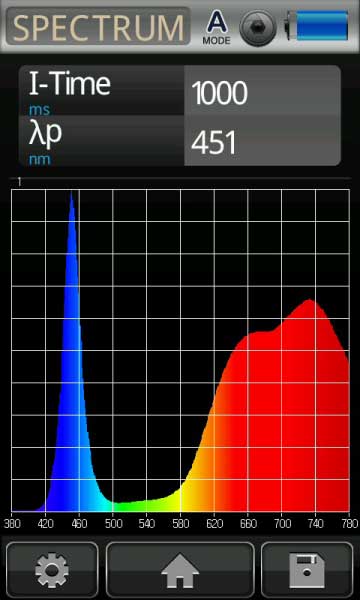
Fig 7 Spectrum of Growl Lght emphasizing Red and Far-red, beneficial for PSII, PSI. But this Far-red is espectially to induce flowering. Blue Light is also emphasized to provide sufficient power to help boost PSII and PSI, eventually increasing sugar production for flowering.
Summary
Plants and the different colors in light have very unique relationships – here is a summary
- All light colors between 400nm-700nm can trigger and invoke photosynthesis to some degree.
- Red and Far-red light are the most effective at triggering and sustaining photosynthesis at PSII and PSI, respectively.
- Blue light provides a high energy source to help power PSII and PSI.
- Green light, though less efficient, can still penetrate top layers of leaves to invoke photosynthesis in the lower layers of leaves.
That said, indoor farmers are turning to “Spectral” PAR meters, distinguishing and tweaking the colors of dynamic or secondary LED lighting to their advantage. This could mean increasing yield, leaf size, and stem length, improving plant shape, fruit or leaf flavor, or artificially managing the seasons.
Growers are becoming scientists, employing the right color strategies and tools to gain confidence in their indoor farming skills.

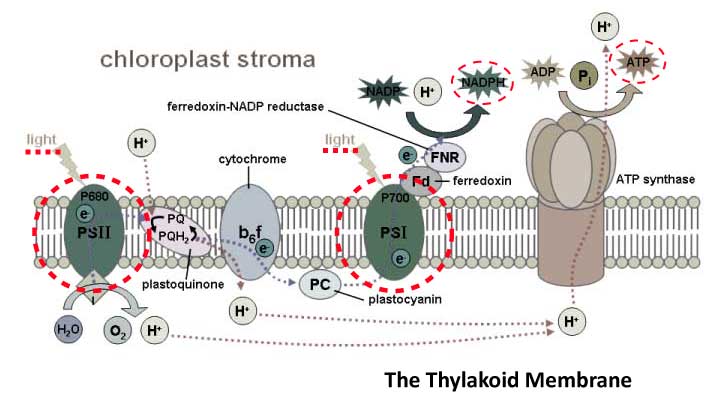

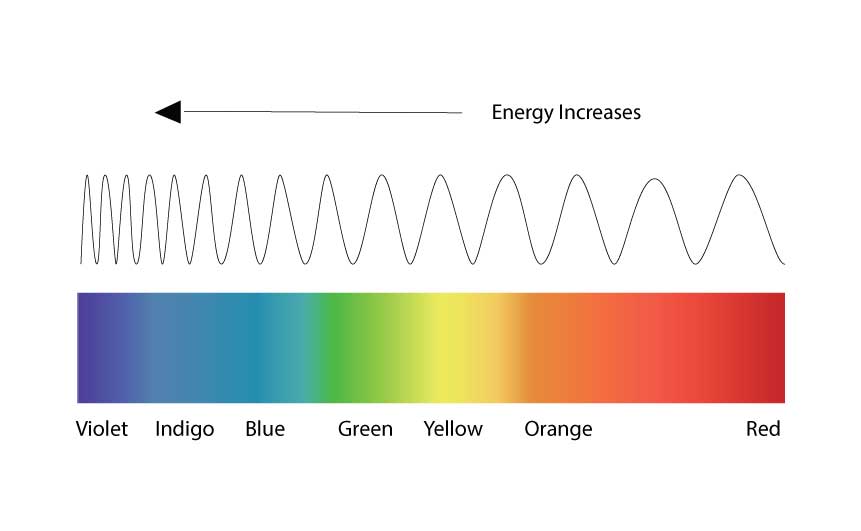

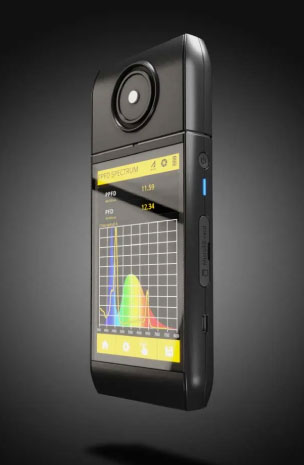







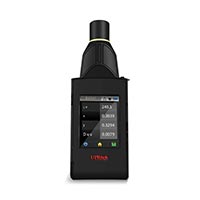

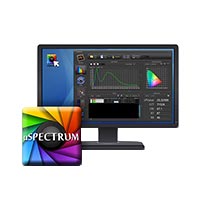
0 Comments